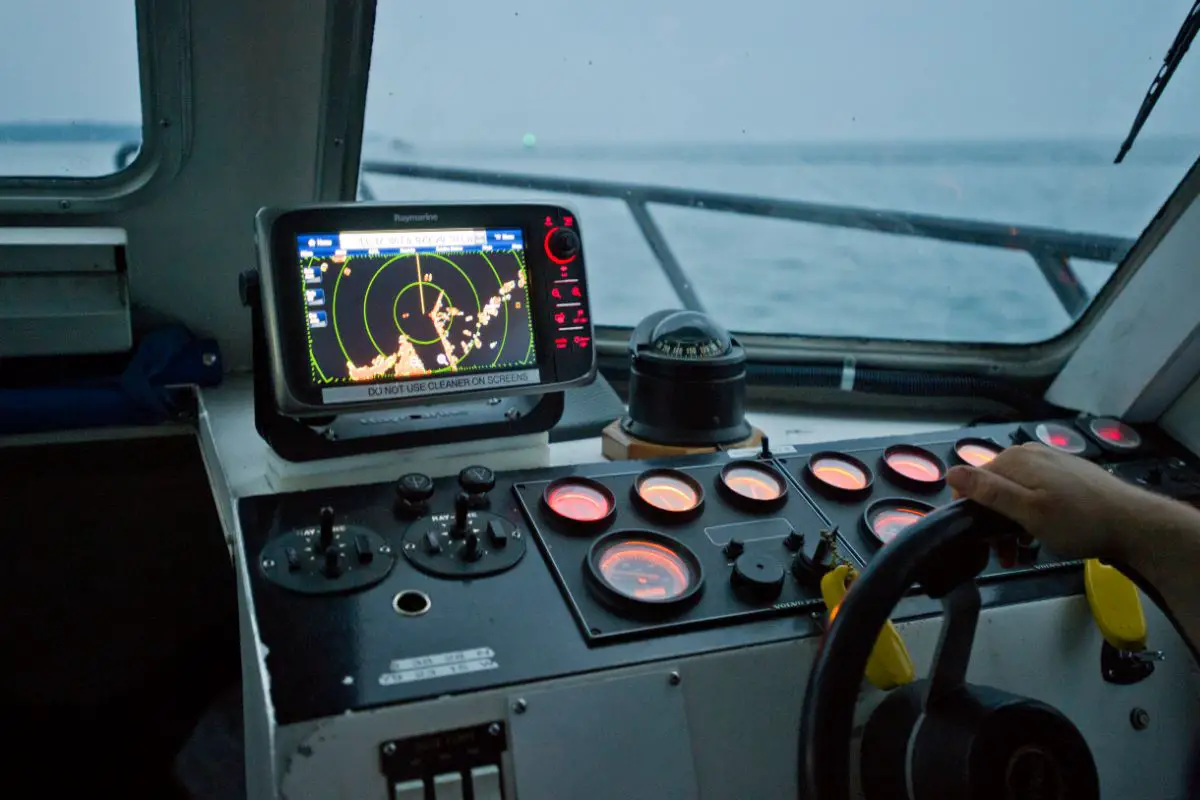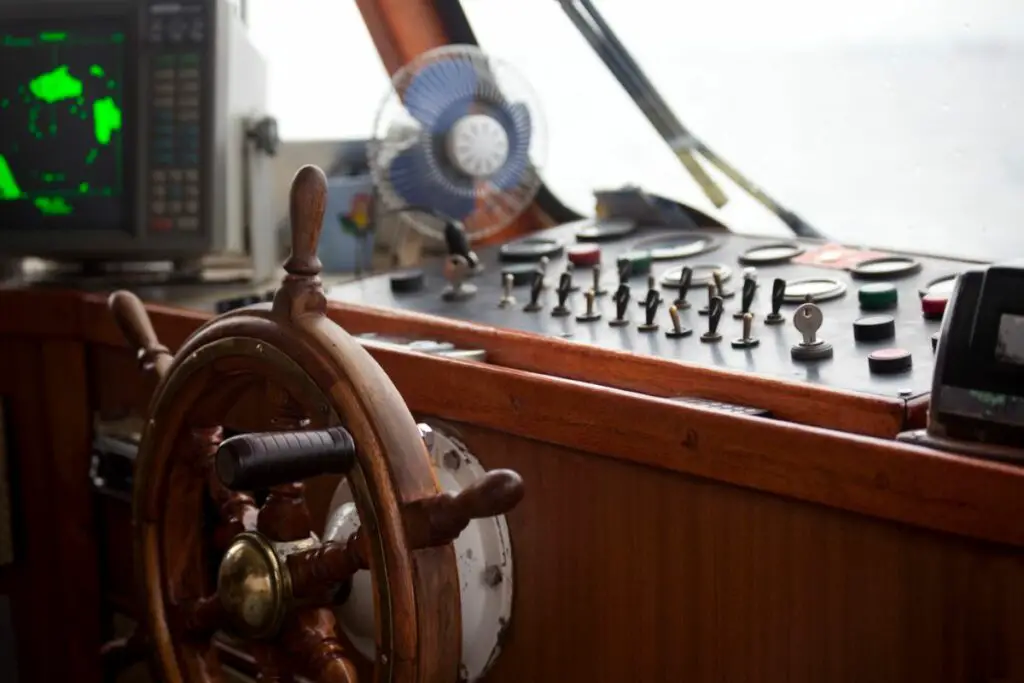Boats often come with plenty of switches and buttons you’ll need to use to get from A to B, and keep you safe. Although some features rarely need to be used, others are essential in day-to-day boating.
Whether you’re an experienced boater or a complete novice, it’s important to understand each of the functions on your vessel. It’s overwhelming, but these features could save your boat – and your life.
Although components can vary enormously, there’s one you’ll see on almost every boat – the engine cut-off switch. It usually sits near the ignition, and it’s one of the most important safety features on your boat.
Keep reading to learn more about what it does, when to use it, and more.
What Is An Engine Cut Off Switch?
An engine cut-off switch (sometimes called a kill switch or ECOS), sits near the ignition of your vessel. It usually has an engine cut-off link attached to it, and its main purpose is to keep your boat running.
When you hit the kill switch, the propeller stops turning, the motor stops, and you come to a halt. The cut-off link is usually a red lanyard connected to the switch, and it’s used to cut the motor in emergency situations.
From April 2021, any operating a motorized boat with 3+ horsepower (and less than 26 feet) will need to attach the lanyard while boating.
You’ll need to clip the lanyard to your clothing or your lifejacket when you’re on the water – you’ll never know when you’ll need it.
Cut Off Switch Laws: What You Need To Know
The new requirements came into effect in April 2021, and fines for not following regulations could see you fined anywhere between $100 and $500, depending on the number of offenses.
Some state and local authorities may implement different penalties, but using an engine kill switch is not essential for all vessels in the US.
- Applies to all PWCs and most powerboats: The new regulations will apply to personal watercraft. Recreational boats fewer than 26 feet with 3+ horsepower will also have to follow the regulations. If you have such a craft and it’s not equipped with a kill switch, you’ll be exempt. However, new laws are requiring manufacturers to start installing switches on all new boats made after 2020. The laws do not apply to vessels whose helms sit inside an enclosed cabin.
- Applies at planing speeds: The regulations will apply once your vessel starts reaching planing speeds. If you’re idle or docking, you won’t need to wear your lanyard. We’d recommend having your switch attached at all speeds.
Why Do You Need To Wear The Cut-Off Lanyard?

Why has it become a legal requirement to wear the lanyard, and could you do without it? If your lanyard is attached to both the switch and your clothing, then if you get thrown overboard, the lanyard will pull the switch and kill the engine instantly.
If you had to do this manually in an emergency situation, there’s every chance you wouldn’t be able to. Activating the cut-off switch in this way could save your life, or someone else’s.
If you weren’t able to kill the switch when you were thrown overboard, your boat would still be moving, and there’s a high risk it could hit another boat, person, or cause damage to property. You should only take the lanyard off if you’re docking your boat, or the boat is stationary.
How To Stay Safe On The Water?
The engine cut-off switch is one of the most essential safety features on any boat. However, a kill switch alone isn’t enough to keep you safe on the water.
- Wear a Lifejacket: It goes without saying but please, please, wear a lifejacket. You and everyone else on board should be wearing a functional, approved lifejacket. It could save your life.
- Create a Safety Plan: Boating is fun – that’s why we do it. However, the water can be unpredictable, and there’s no way to know what’s going to happen once you’re out on the water. That’s why you should always have a safety plan before you set foot on your boat, and we’d recommend giving this to a friend, family member, or employee at the marina. Your safety plan should include things like:
- What time you expect to return
- Your itinerary
- What type of boat you’re sailing, and any related registration information
- The names of your passengers and their contact information
- Your name and contact information
- What communication equipment you have on board
- Whether or not you’re carrying passengers that have health conditions or vulnerabilities
- Prepare for the Weather: One of the biggest dangers on the water can be the weather. Before you set sail, check the weather forecast for the next few hours, and in any locations you intend to sail to by boat. Although not all weather forecasts are accurate, they’ll give you a pretty good idea of the kinds of conditions to expect on the water. If there’s stormy weather on the horizon, don’t set sail.
- Avoid Sailing Alone: You should also avoid sailing alone, especially if you’re an inexperienced boater. Always take another passenger (or two). There’s safety in numbers, and if anything does go wrong, it’s good to have other people on hand to help.
- Make Extra Plans for Sailboats: If you’re using a sailboat rather than a motorboat, you’ll have a few extra things to consider – especially the wind. No wind can cause you to become stuck in the water, and if you don’t have an outboard motor, you should come equipped with paddles just in case. Ensure your cell phone or radio is working too, in case you need to call for assistance.
Final Thoughts
The engine cut-off switch is one of the most important safety features on your boat, and by activating it, you’ll kill the motor and bring your vessel to a halt. Remember: new laws require boaters of certain vessels to be attached to the kill switch at planing speeds.

